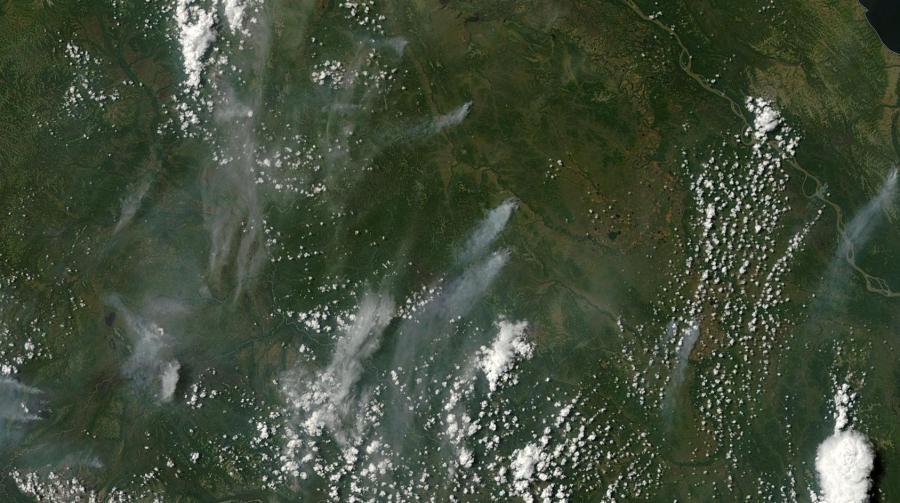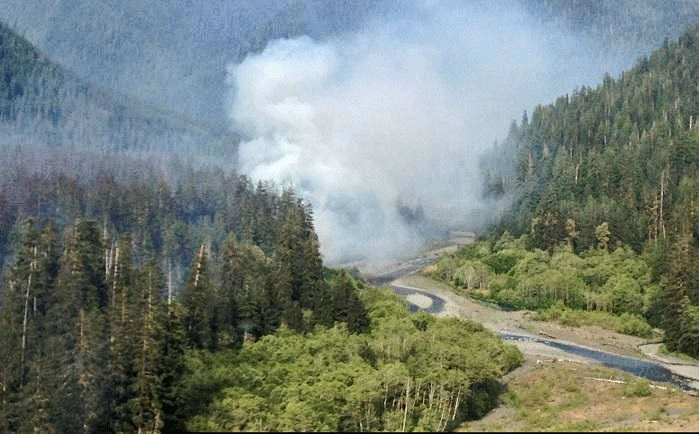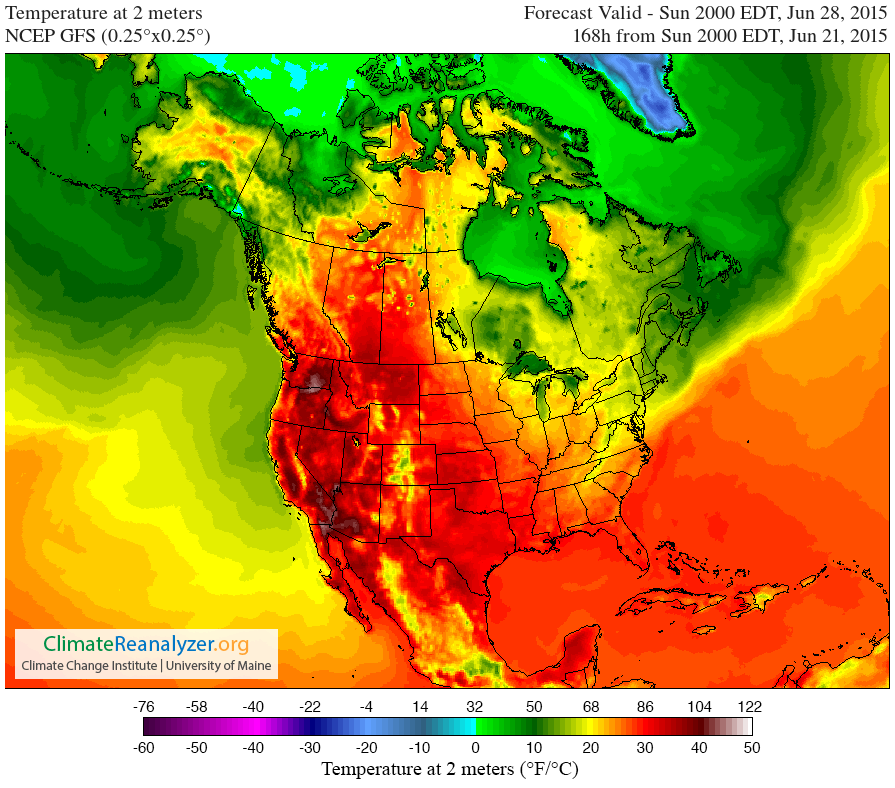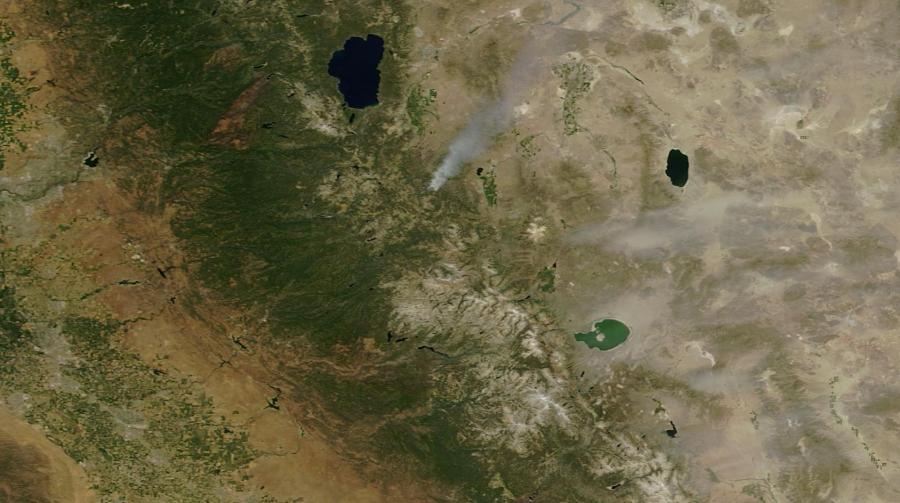Hot times
Hotter than a match head
- Lovin Spoonful
If I don't get some shelter
ooh, yeah, I'm gonna fade away
-Rolling Stones
Greetings
Seems like were due for a scorcher this weekend. By "we" I mean everyone from Alaska to California. see .e.g. Worst Fire Conditions on record etc.. (see below). (For a nice discussion of heat and human health, see this interview with Dr Robert Kopp on ecoshock radio )
I had the opportunity to go to the Oregon Forest Fair this weekend. (Thanks Mark H!) And one of the main topics was forest fires and how to pay for for putting them out. It could be expensive. Recently BC announced it was burning through its fire fighting budget and the fire season has barely started.
Those of you paying attention, are aware that weird heat waves are probably a result of the the warming of the Arctic.
I came across an interesting lecture form Dr James Anderson of Harvard, which discusses the arctic warming in some detail.. see here, as a part of Harvard Heat Week. (Thanks to Radio Eco shock - which BTW also has a nice piece on Northwest protests. ) Towards the end of Dr Anderson's talk he makes a good pitch for Harvard to divest from fossil fuels. and encourages civil, as well as uncivil disobedience. !, But what really caught my attention was his statement that the loss of the ice was non reversible.
"Of course the immediate question is can we lose 70 percent of the ice volume in 30 years and return to a stable condition. I don't know anybody who has suggested how heat can be extracted from this system to re-form the ice structure. All of these feedbacks are operating in the same direction. And there's no known mechanism that can extract heat to re-form these ice structures... and so when you look at this question [of reversing Arctic ice loss], the answer quite clearly 'no'."
(Thanks to Alex Smith or Radio Eco shock for the transcription.)
I'm not sure what this means for the weather. But I have the feeling it isn't good.
Speaking of who is going to pay, Lloyds of London released a very interesting study of the likelihood some extreme events that could affect the insurance industry. see here. The report was prepared by the Global Sustainability Institute and explores a scenario where climate and weather related problems affect the food production system is key areas, resulting in food riots and , basically, a breakdown in civil society. This could happen any time, but as we see below becomes more and more likley as we approach 2040.
Here is a very interesting article exploring the model used by the Global Sustainability Institute, on behalf of Lloyds, including a comparison with LTG's World 3. The modelers reaffirm that World 3 , although tremendously simpler than current models, remains " largely correct". Running their model , and assuming no policy changes, suggest that the Lloyds scenario could be in our future.
“We ran the model forward to the year 2040, along a business-as-usual trajectory based on ‘do-nothing’ trends?—?that is, without any feedback loops that would change the underlying trend. The results show that based on plausible climate trends, and a total failure to change course, the global food supply system would face catastrophic losses, and an unprecedented epidemic of food riots. In this scenario, global society essentially collapses as food production falls permanently short of consumption.”
Talking about bad things happening in 2040 is a lot different than talking about what might happen in 2100, or even 2050. Perhaps this might get peoples attention?
But, it is probably worth remembering that absent some magical new technology, the history of the next 40 years is already written as Brad Plummer points out in his article EPA outlines our choices on global warmin, moderate disaster or major disaster. The benefits of reduced carbon emissions don't show up until 2050.
What we really need is that brand new technology that sucks CO2 out of the air. We are now betteing the farm on an untested technology called BECCS. Will it work? Here's Dave Robert's assessment :
"But is large-scale BECCS plausible? There's the problem of finding a source of biomass that doesn't compete with food crops, the harvesting of which does not spur additional emissions, and which can be found in the enormous quantities required. The IPCC scenarios that come in below 2°C require BECCS to remove between 2 and 10 gigatons of CO2 a year from the atmosphere by 2050. By way of comparison, all the world's oceans combined absorb about 9 gigatons a year; all the world's terrestrial carbon sinks combined absorb about 10 gigatons a year."
.
---------
“Worst Fire Conditions On Record” — As Heatwaves, Drought Bake North American West, Wildfires Erupt From California to Alaska
Labels: arctic melting, BECCS, Brad Plummer, climate, Dave Roberts, divestment, Dr James Anderson, Dr Robert Kopp, ecoshock, Harvard, heat






0 Comments:
Post a Comment
Subscribe to Post Comments [Atom]
<< Home